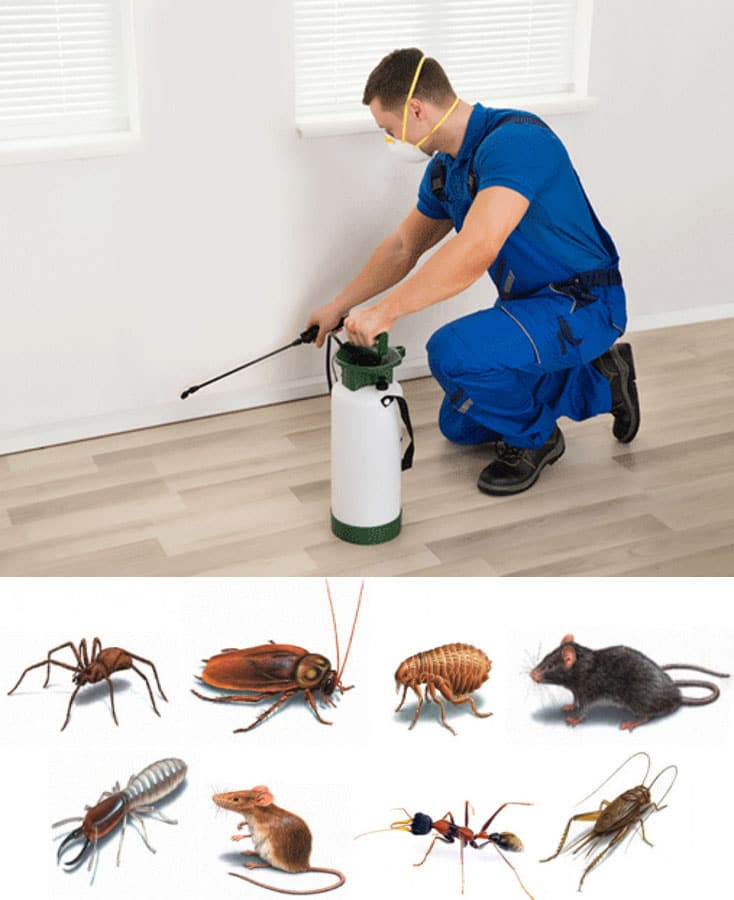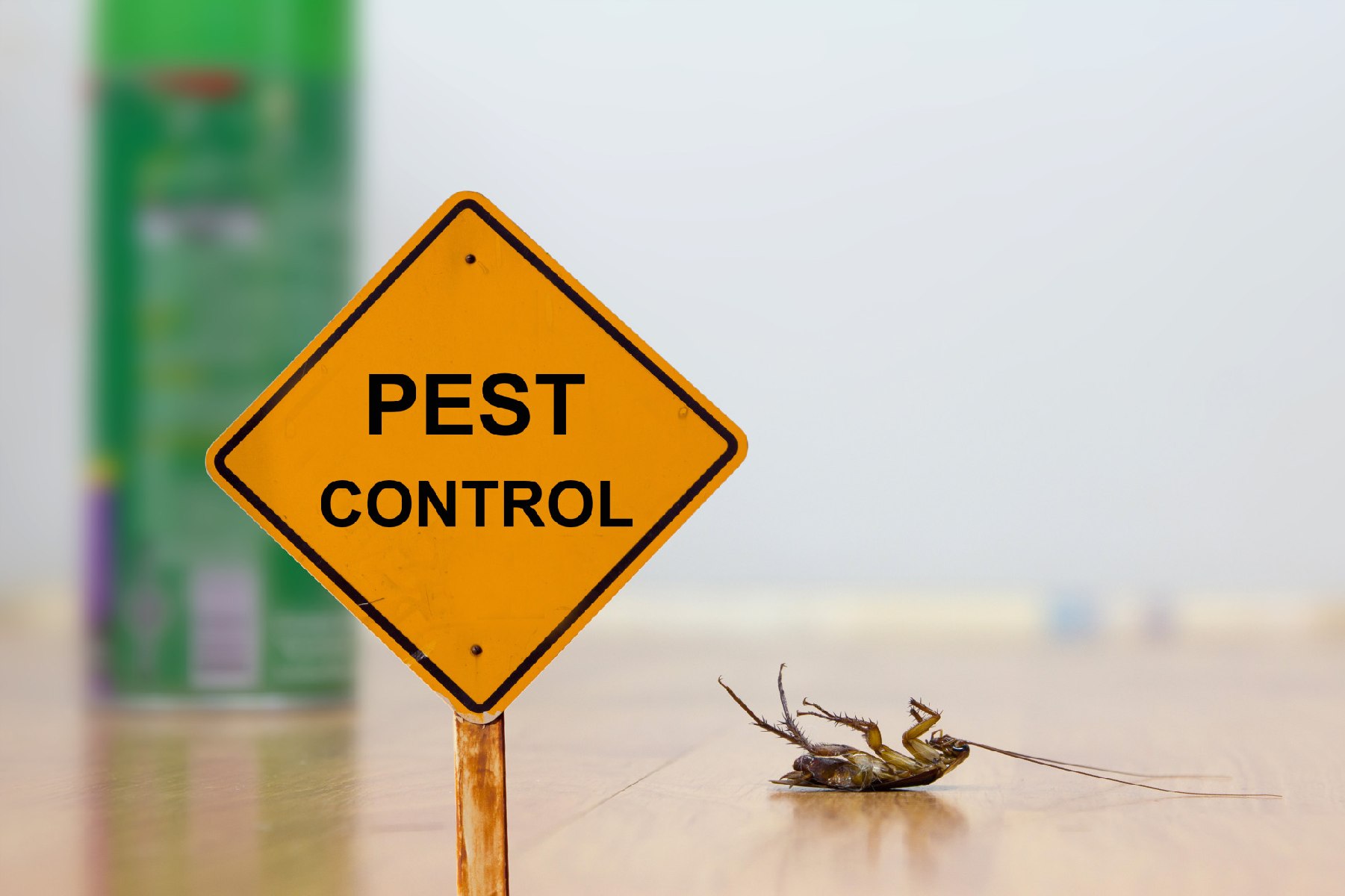Eliminate pests with professional Pest Control solutions today.
Eco-Friendly Bug Control Approaches for Handling Wild Animals in Urban Locations
Urban locations often discover themselves at the crossway of human task and wildlife, resulting in distinct obstacles in insect management. Eco-friendly techniques highlight lasting conjunction, utilizing strategies such as habitat alteration and all-natural repellents to alleviate human-wildlife conflicts. These strategies not just protect the environment however likewise boost neighborhood interaction in wildlife administration. As urban populaces proceed to expand, understanding the characteristics of wild animals communications comes to be significantly important. What innovative approaches can be applied to guarantee both ecological equilibrium and urban security? Discovering this question reveals a compelling landscape of potential remedies.
Understanding Urban Wildlife Dynamics
Recognizing Urban Wildlife Dynamics is crucial for establishing efficient and environmentally friendly pest control approaches. Urban areas are increasingly coming to be habitats for different wildlife species, driven by variables such as environment fragmentation, food availability, and human encroachment. Acknowledging these dynamics permits a nuanced approach to pest monitoring that straightens with ecological principles.
Urban wild animals commonly consists of varieties such as raccoons, squirrels, and birds, which adjust to city environments, discovering niches in eco-friendly areas, parks, and even houses. Their visibility can result in conflicts with people, particularly when they exploit personnels for food and shelter. Comprehending the actions and environmental roles of these types informs strategies that reduce negative interactions while advertising biodiversity.
Furthermore, recognizing the interdependencies within urban ecosystems aids in identifying important locations for environment preservation and remediation. This expertise contributes to the development of incorporated insect administration (IPM) techniques that take into consideration the ecological balance, therefore minimizing dependence on unsafe chemicals. By fostering coexistence in between humans and city wild animals, cities can create healthier settings that profit both citizens and neighborhood communities, leading the way for sustainable metropolitan living.
All-natural Repellents and Deterrents
All-natural repellents and deterrents use a sustainable option to traditional parasite control approaches by using the power of nature to maintain unwanted species at bay. These environmentally friendly solutions commonly utilize plant-based active ingredients, vital oils, and various other normally happening materials that deter pests without harming the environment.
One efficient natural repellent is peppermint oil, which is recognized to fend off rodents and bugs. Its solid fragrance is undesirable to many insects, making it a preferred option for city setups. Vinegar and citrus peels can serve as deterrents, as their solid odors are usually unappealing to different wild animals.
Furthermore, diatomaceous planet is a natural powder that can be spread out in locations vulnerable to pest activity, effectively drying out and deterring bugs without presenting dangers to non-target species. Moreover, garlic sprays and neem oil are acknowledged for their capacity to fend off a large range of insects, consisting of both insects and bigger wildlife.
Applying these all-natural repellents not just decreases reliance on chemical pesticides yet also advertises a much healthier urban environment, cultivating an extra well balanced coexistence in between human beings and wild animals. By using these approaches, metropolitan areas can efficiently take care of pest populations while lessening environmental influence.
Habitat Modification Techniques
Effective habitat adjustment techniques play an essential duty in lasting insect administration by modifying the setting to make it less for pest infestations. By comprehending the eco-friendly dynamics of city areas, property owners can implement calculated modifications that hinder bugs while advertising biodiversity.
(Rat Control)One key strategy involves maintaining correct cleanliness. This includes normal waste removal, securing trash can, and eliminating standing water to lower reproducing sites for pests and rodents. In addition, landscape design techniques such as choosing indigenous plants can enhance eco-friendly balance, giving environments for helpful organisms while reducing resources for insects.
One more essential approach is to seal entry factors in buildings. Inspecting and repairing splits in structures, walls, and windows can substantially minimize insect access. Additionally, developing physical barriers, such as fences or plant buffers, can inhibit wild animals movement right into human-inhabited locations.
Integrated Insect Administration Practices
Building upon environment adjustment strategies, integrated bug management (IPM) techniques supply an all natural technique to regulating insect populations while reducing environmental effect. IPM incorporates various methods, consisting of biological, cultural, mechanical, and chemical controls, to attain efficient parasite monitoring.
Organic control includes the intro of all-natural predators or bloodsuckers to decrease bug populations. Social practices, such as plant turning and sanitation, interfere with pest life process and diminish their habitats - Pest control service. Mechanical controls, like traps and obstacles, offer immediate relief from insect pressures without chemical treatment
Chemical controls are made use of as a last hope, concentrating on targeted applications that restrict harm to non-target varieties and the setting. The selection of eco-friendly chemicals, when essential, is important to the IPM framework. Additionally, keeping an eye on pest populations and evaluating possible damages helps inform decision-making, making certain that treatments are prompt and efficient.
Neighborhood Participation and Education

(Cockroach Control)Workshops and educational sessions can outfit homeowners with knowledge regarding native species, habitat preservation, and effective safe insect monitoring techniques. Partnership with institutions, regional organizations, and federal government agencies further improves instructional outreach, ensuring that vital information reaches varied target markets.
In addition, community-led campaigns, such as neighborhood clean-up days and habitat repair jobs, not just advertise biodiversity however also strengthen community connections. Pest control service. By urging homeowners to share their look here experiences and observations, neighborhoods can create targeted methods that resolve specific regional pest issues
Integrating comments from residents into pest administration plans enables a more receptive and adaptive approach to wild animals obstacles. Eventually, notified and engaged areas are key to attaining long-lasting success in eco-friendly pest control, resulting in healthier city environments that value both human and eco-friendly needs.

Final Thought
To conclude, green parasite control comes close to offer lasting services for managing urban wildlife. By prioritizing environment adjustment, using all-natural repellents, and applying incorporated bug monitoring methods, areas can promote an unified conjunction with local animals. Involving citizens via education and learning boosts understanding and motivates responsible wildlife communications. Eventually, these techniques not only safeguard biodiversity but likewise promote ecological health, making certain city areas stay dynamic ecosystems where humans and wild animals thrive with each other.